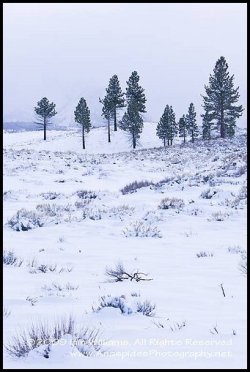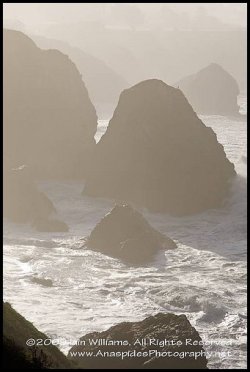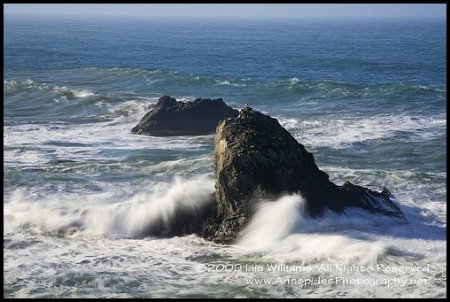Bodie Ghost Town, California
 Monday, February 9, 2009 at 4:11PM
Monday, February 9, 2009 at 4:11PM 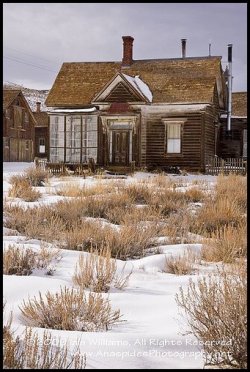 After an early departure to capture images at Lake Tahoe, Bodie Ghost Town was next on the list. Bodie was a thriving gold producing town during the 1850's. At one stage the population of the small town exceeded 8000 people as miners, pastors, gunslingers, barbers, bar tenders, and prostitutes plied their trade in the hope of striking it rich. A large commercial gold mine was sunk at Bodie and produced gold for many years before leads ran dry.
After an early departure to capture images at Lake Tahoe, Bodie Ghost Town was next on the list. Bodie was a thriving gold producing town during the 1850's. At one stage the population of the small town exceeded 8000 people as miners, pastors, gunslingers, barbers, bar tenders, and prostitutes plied their trade in the hope of striking it rich. A large commercial gold mine was sunk at Bodie and produced gold for many years before leads ran dry.
Today the town is more or less as it was left. The temperate and dry conditions of the high Sierras have protected the wood from decay and minimized decay of many implements left around and within the "city" limits. The condition of the buildings must be seen to be believed and in some buildings their contents were still present. The store contained various bottles of whatever, saws, picks, miners lamps and wooden containers. The saloon still had a piano, snooker table, chairs, table and eating utensils - waiting for the next guest. The local church still had its bell. Littering the streets of Bodie were old vehicles, the remains of horse driven equipment and two early 1920's petrol bowsers complete with "Shell Petroleum" signs.
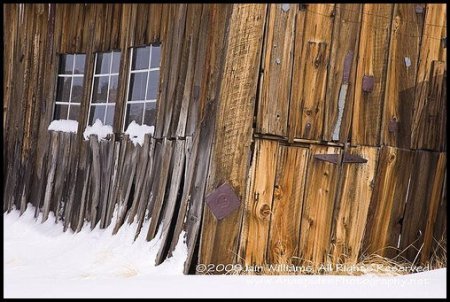 Visitors maybe tempted to collects omething here or there and take home, but the collecting of artifacts is impossible as parks personnel monitor visitors and for those attempting to try a hefty fine and possible jail term await.
Visitors maybe tempted to collects omething here or there and take home, but the collecting of artifacts is impossible as parks personnel monitor visitors and for those attempting to try a hefty fine and possible jail term await.
Access is via a dirt road which in this instance was covered with winter snow. The scenery along the rack leading to the ghost town is well worth the visit by itself; towering mountains, large volcanic rocks and stunted high desert alpine vegetation.
Following Bodie we traveled south to Lone Pine (Alabama Hills) stopping at Bishop along 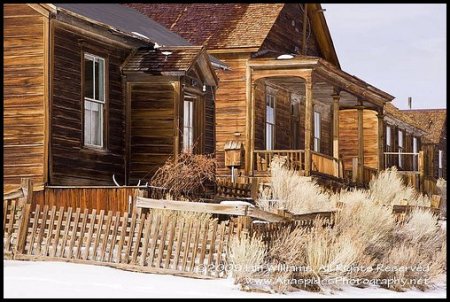 Highway 395 to photograph the moon rising through sunset tinted clouds above snow capped, precipitous peaks of the Sierra Mountains. Reaching Lone Pine relatively late in the evening, a quick survey was made of the town to determine what food was available before cleaning cameras, lenses and
Highway 395 to photograph the moon rising through sunset tinted clouds above snow capped, precipitous peaks of the Sierra Mountains. Reaching Lone Pine relatively late in the evening, a quick survey was made of the town to determine what food was available before cleaning cameras, lenses and 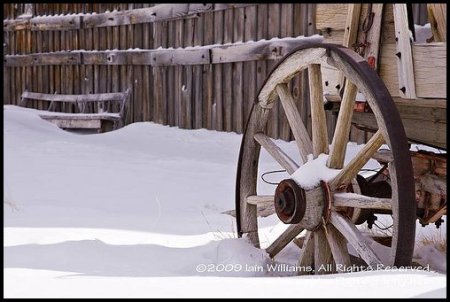 downloading and key wording images for another early morning starts at 0500 the coming day
downloading and key wording images for another early morning starts at 0500 the coming day
 Bodie Ghost Town,
Bodie Ghost Town,  California,
California,  Cold,
Cold,  Desert,
Desert,  Goldrush,
Goldrush,  Old Buildongs,
Old Buildongs,  Snow,
Snow,  Western,
Western,  Winter in
Winter in  United States of America
United States of America 


